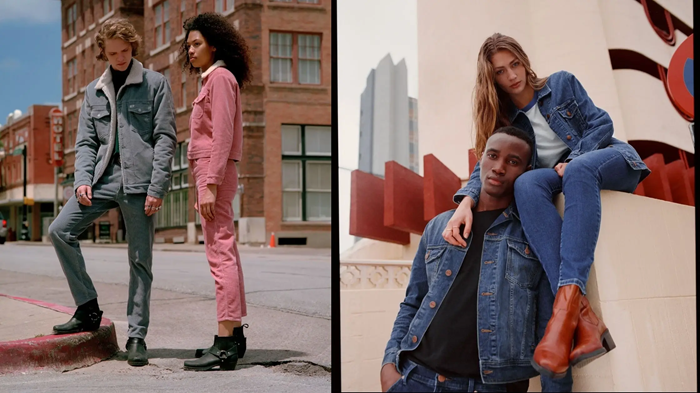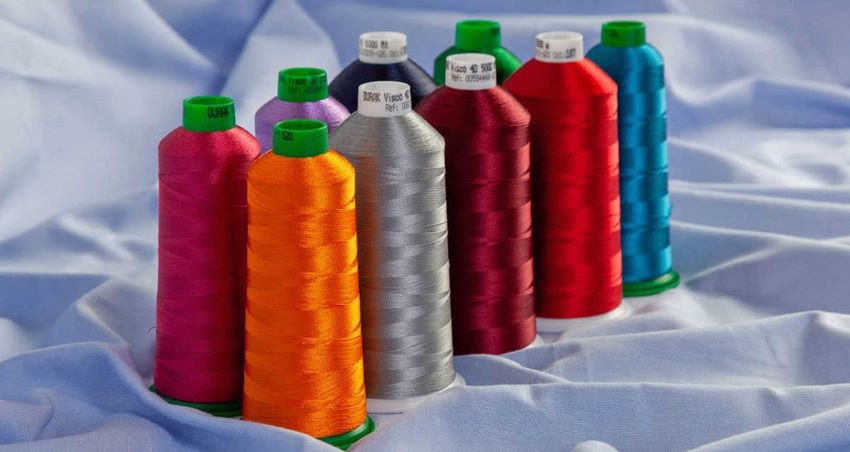
The European jeanswear market is a fiercely competitive space, with numerous established manufacturers, brands and emerging contenders vying for the top spot. 2024 has seen some interesting shifts in market share, driven by evolving consumer preferences, sustainability concerns, and innovative marketing strategies.
Top players
While precise figures are still being compiled, preliminary data suggests the following brands are leading the pack in terms of market share in 2024.
Table: Top brands and their growth
|
Brand |
Estimated market share (%) |
Estimated revenue (€ bn) |
Retail presence (approx. points of sale) |
|
Levi's |
22% |
€4.50 |
5,000+ |
|
Diesel |
15% |
€3.10 |
3,000+ |
|
H&M |
10% |
€2.10 |
4,000+ |
|
Zara |
8% |
€1.70 |
2,500+ |
|
G-Star RAW |
7% |
€1.40 |
1,500+ |
|
Pepe Jeans |
6% |
€1.20 |
1,000+ |
|
Lee |
5% |
€1.00 |
800+ |
|
Wrangler |
4% |
€0.80 |
600+ |
|
Other brands |
23% |
€4.70 |
Source: Euromonitor International, Statista, Company Annual Reports
What makes these brands leaders?
There are several reasons for the sustained success of these jeanswear giants.
Brand heritage and legacy: Levi's, Diesel, Lee, and Wrangler boast of a rich histories and strong brand identities that resonate with consumers seeking authenticity and timeless style.
Product innovation: These brands consistently invest in research and development, introducing new fits, washes, and fabric technologies to cater to evolving consumer demands.
Sustainability initiatives: With growing consumer awareness of environmental and social issues, leading brands have implemented sustainable practices throughout their supply chains, from sourcing raw materials to reducing water and energy consumption.
Marketing and distribution: Effective marketing campaigns, celebrity endorsements, and strategic collaborations have helped these brands maintain high visibility and reach a wider audience.
Omnichannel presence: A strong online presence coupled with a network of physical stores allows these brands to offer a seamless shopping experience across multiple channels.
Growth over the years
Most leading jeanswear brands have shown steady growth over the years, albeit with some fluctuations depending on economic conditions and fashion trends.
Levi's: Despite facing challenges in the early 2000s, Levi's has experienced a resurgence in recent years, driven by its focus on sustainability, product innovation, and collaborations with influential designers and celebrities. This is reflected in their steady revenue growth and expansion of their retail footprint across Europe.
Diesel: Known for its rebellious spirit and bold designs, Diesel has maintained a strong presence in the premium denim segment, consistently pushing boundaries and captivating a younger audience. Their focus on flagship stores and a strong online presence has contributed to their consistent growth.
H&M and Zara: These fast-fashion giants have captured a significant market share by offering trendy and affordable jeanswear, catering to a broad consumer base. Their extensive store network across Europe, and aggressive online marketing strategies have given a push to their rapid expansion.
Each brand has carved out its niche by focusing on specific differentiators and unique selling propositions. Levi's iconic 501s, commitment to sustainability for example, water In 2025, the jeanswear market is expected to remain competitive, with several trends shaping its future. Sustainability will continue to be major focus for brands with consumers increasingly demanding sustainable and ethically produced jeanswear. Brands will leverage technology to offer personalized experiences and customized products. Online channels and digital marketing will continue to play a crucial role in reaching and engaging consumers. Comfort and performance will be priority for brands as jeanswear will incorporate innovative fabrics and technologies to enhance these qualities.












